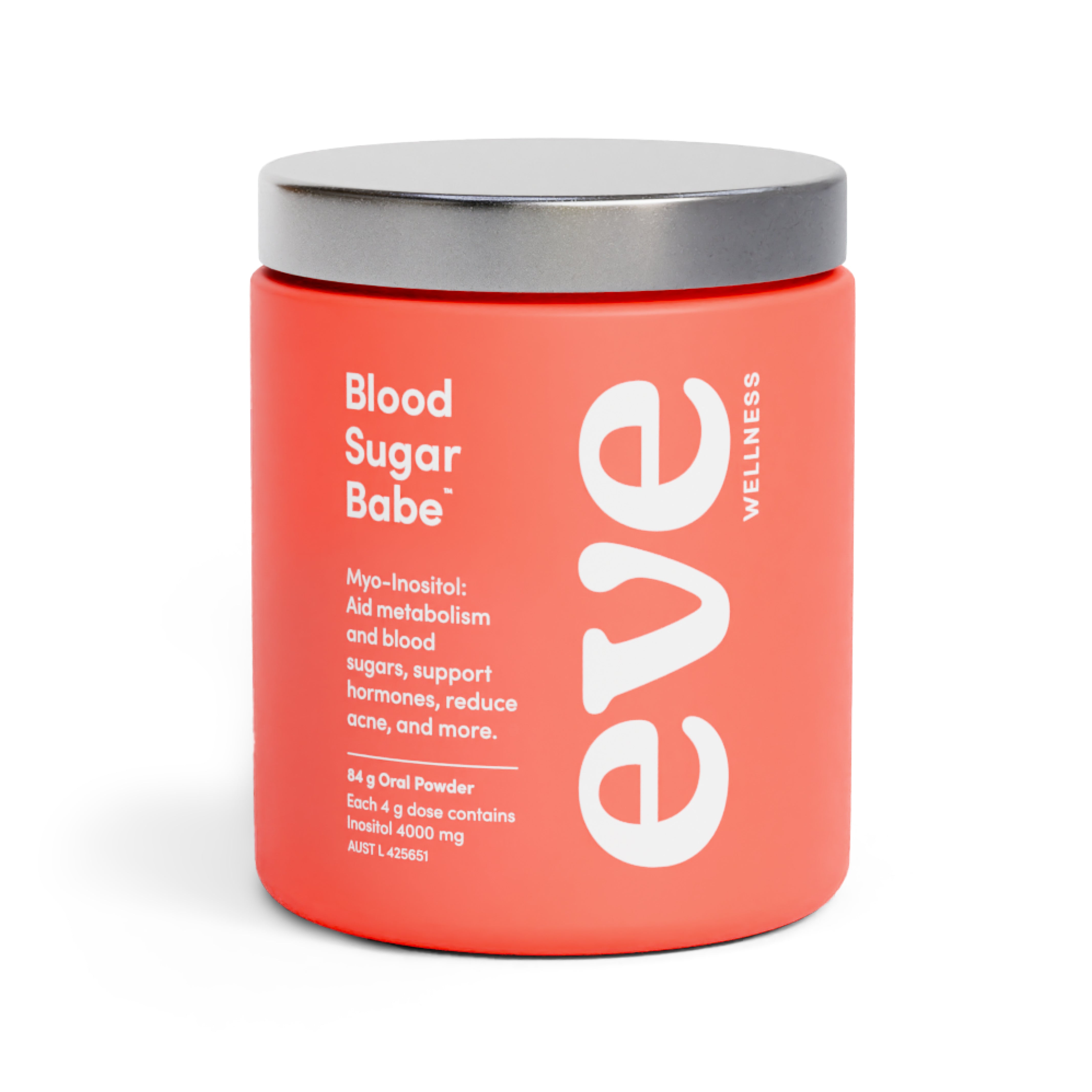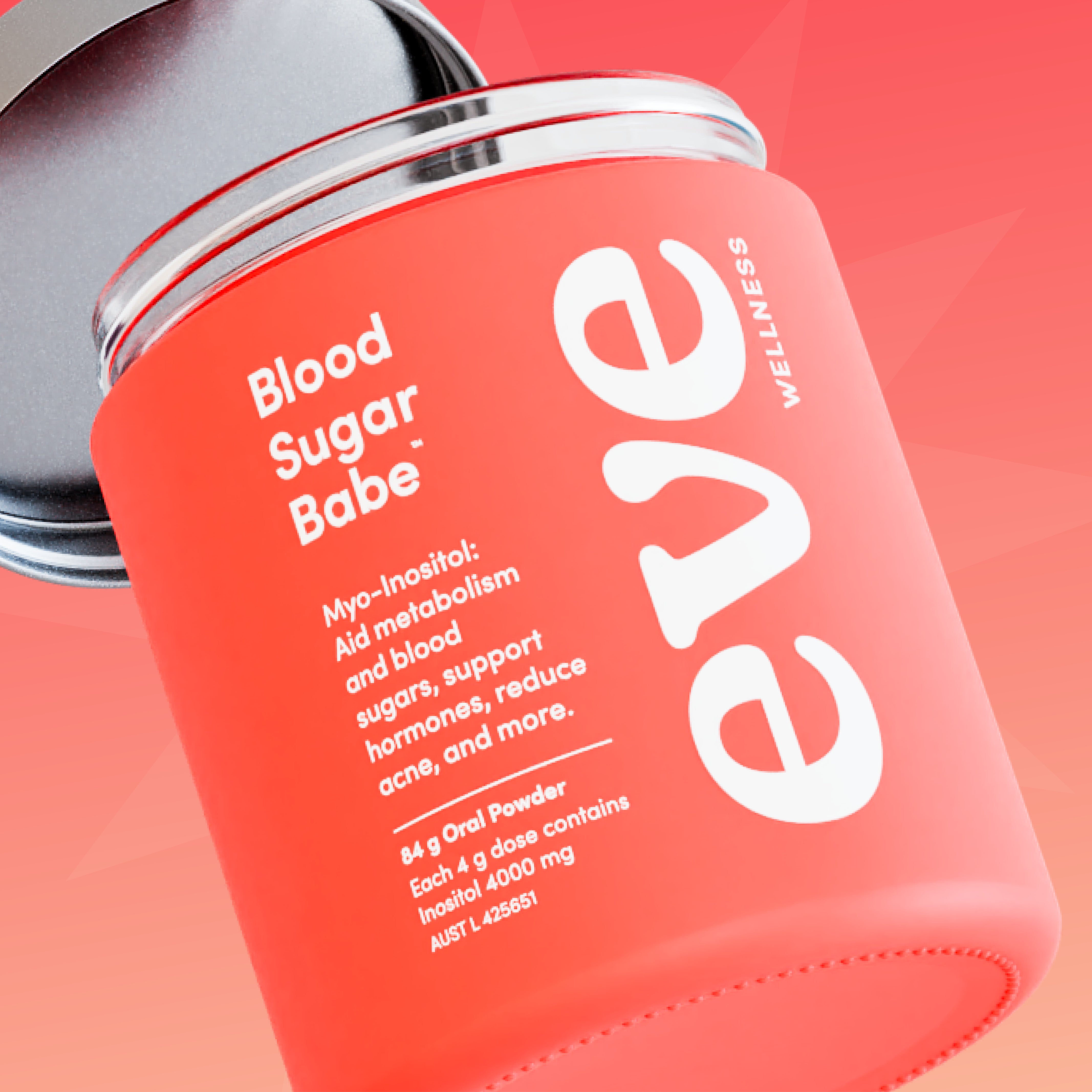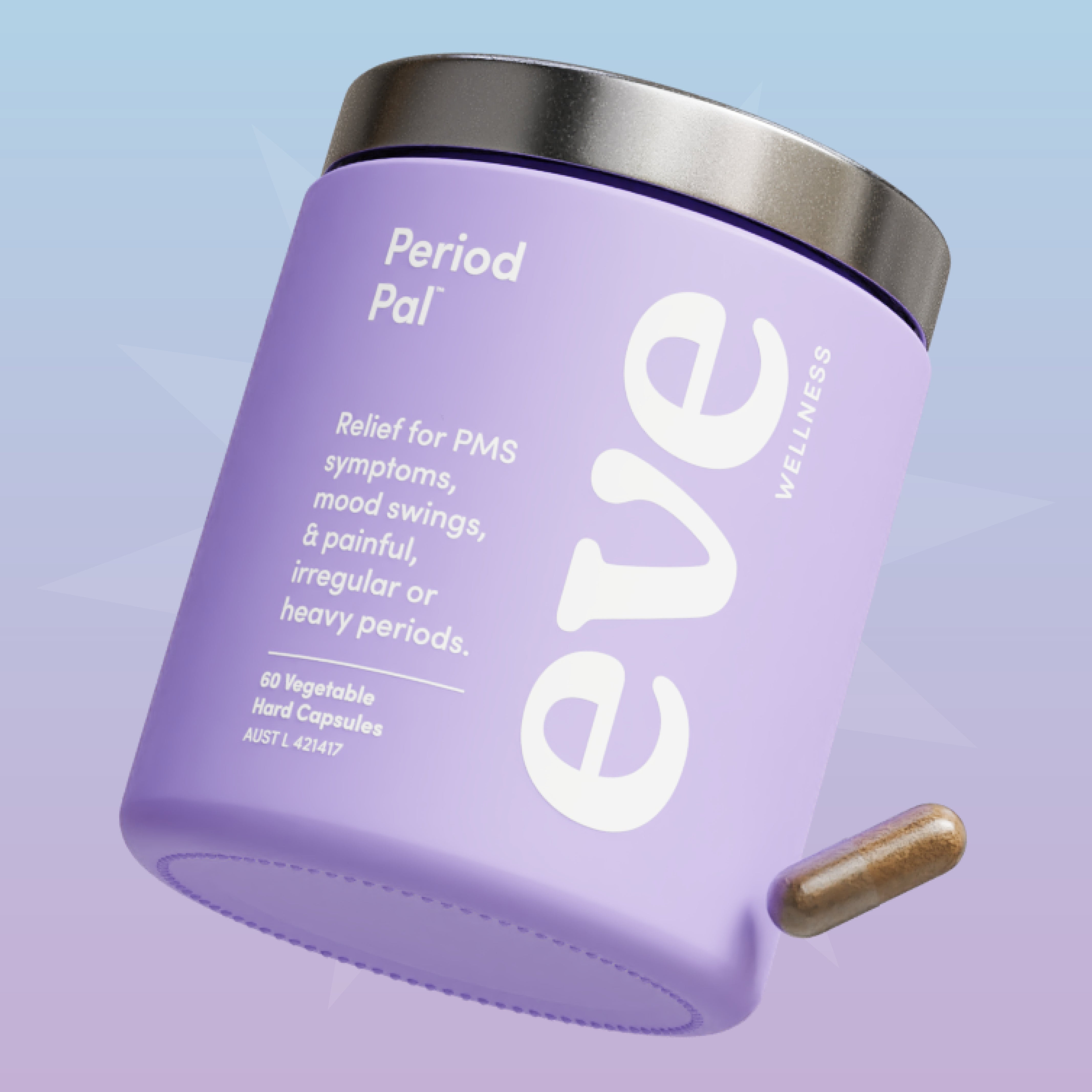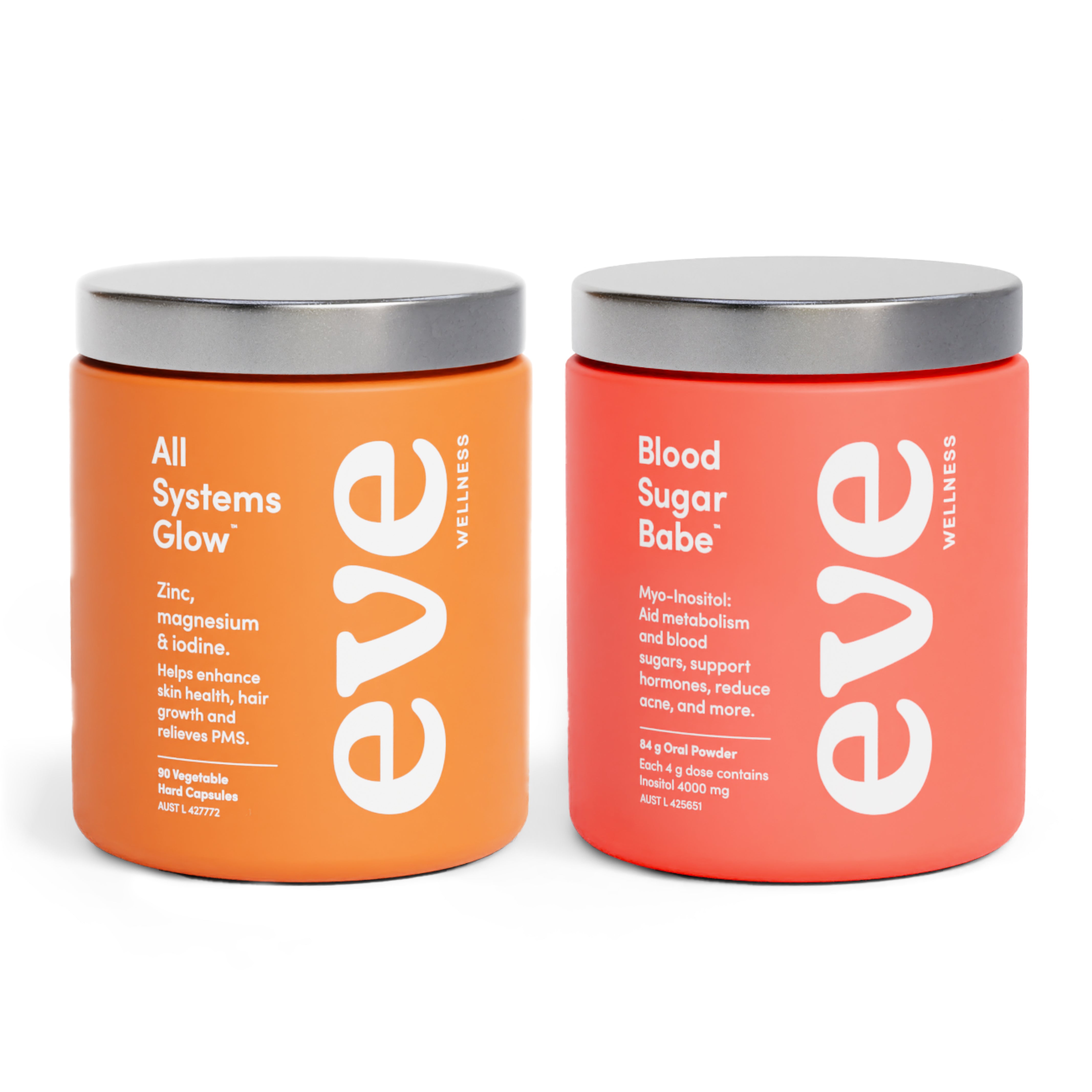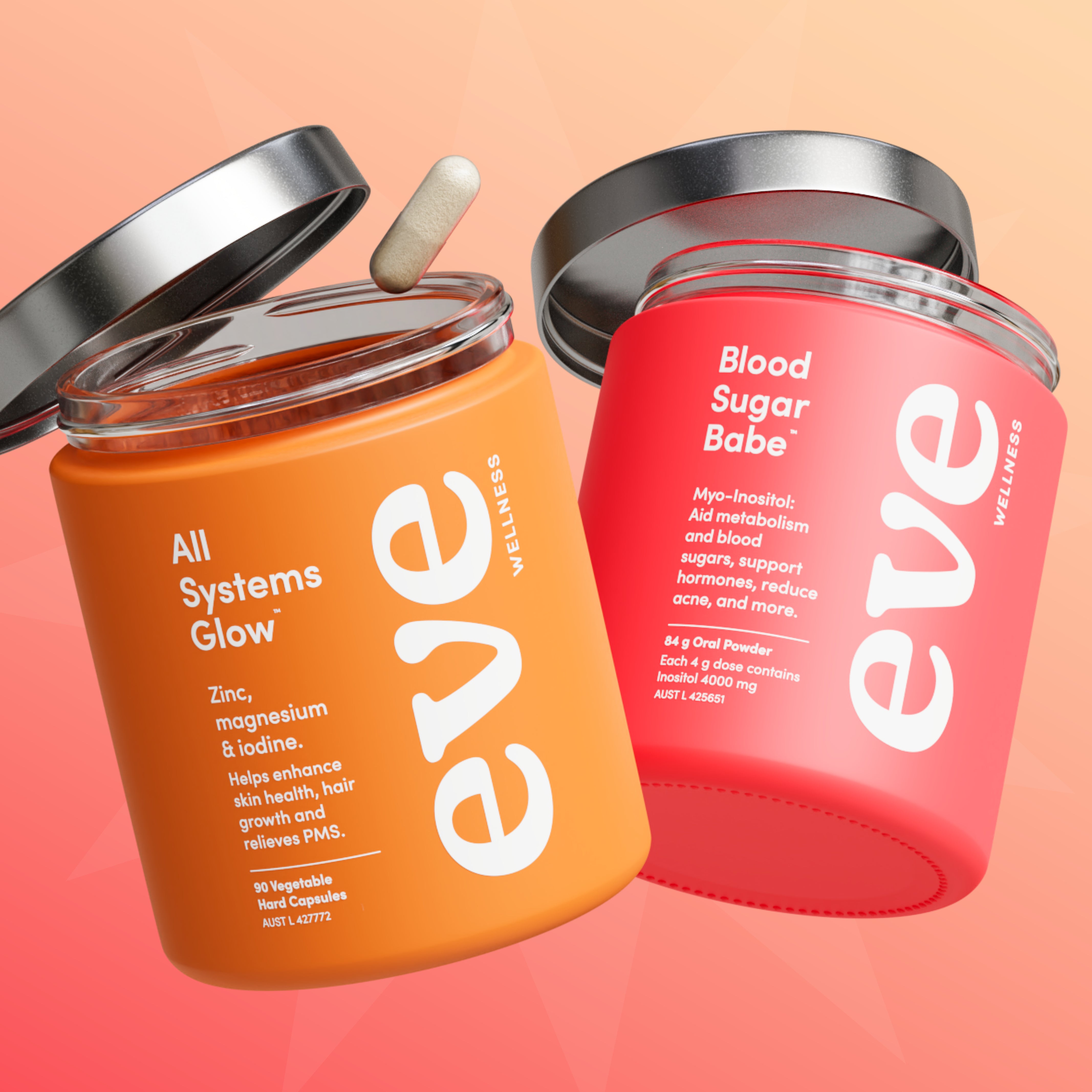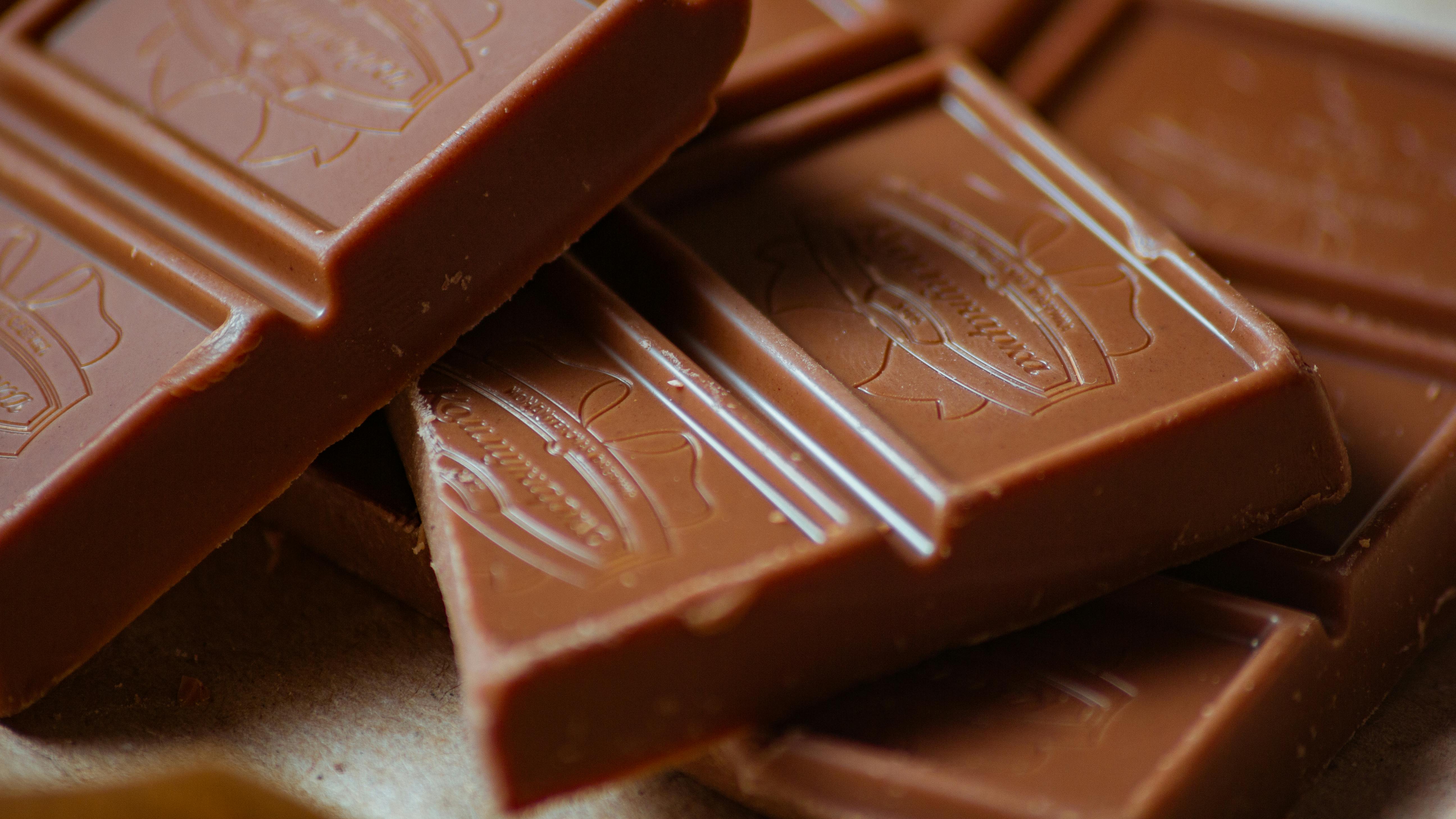Anyone with a uterus will probably be able to tell you—with some passion—that dealing with an ever fluctuating dance of hormones can be quite a complex thing to do.
Sometimes we feel really good; energetic, social and up for anything. Other days, are a different story; cue bloating, lethargy and tears—we’ve all been there.
The thing is, if there’s ever a time we’re going to feel more ‘hormonal’ it’s during the final week or two of our cycle, known as the luteal phase. This is a time where we make the most hormones, and also where they fluctuate the most.
If your sex hormones aren’t as beautifully balanced as you might like, this is the time in your cycle where you’ll likely know about it through PMS symptoms such as breast tenderness, mood swings, bloating, headaches, anxiety, insomnia, fatigue, and acne—sound familiar?
In this blog we’ll explain why we get PMS, and what you can do to support your body in sailing through this time of the month as pleasantly as possible.
The Basics
PMS stands for premenstrual syndrome, which is really just a fancy way of saying ‘the collection of symptoms that occur before your period.’
This can include, but is not limited to:
- Mood swings - feeling unusually down, fragile, overwhelmed or anxious;
- Irritability;
- Bloating and other digestive changes;
- Headaches;
- Water retention;
- Insomnia or changes in sleep patterns;
- Sugar cravings;
- Appetite changes;
- Low energy;
- Breast tenderness;
- Acne.
Think of these signs as little messengers from your body that something isn’t quite right, and that it could do with a little attention and TLC.
Why do we get PMS?
There are a few factors that can influence PMS symptoms, including:
1. Hormone imbalances
When these signs show up towards the end of your cycle, it’s often a fairly good indication of hormone imbalance relating to oestrogen, progesterone, or even both in some cases.
This can look like:
- Higher than optimal oestrogen levels - which can happen as a result of exposure to xenoestrogens in our environment, the food we eat, the oral contraceptive pill, higher levels of body fat and alcohol consumption.
- Lower levels of progesterone - often the result of stress, too much exercise, or not getting the food or nutrients your body needs to ovulate.
- Oestrogen metabolising poorly - this is linked to your body's ability to detoxify old oestrogen it no longer needs. Poor oestrogen metabolism happens when either your liver isn’t functioning as well as it could, or if you aren’t moving your bowels on the reg.
2. Lowered immune function
One of the most fascinating things about the menstrual cycle is its very clever relationship with the immune system. Oestrogen helps to upregulate the immune system, keeping you as healthy and resilient as possible during the first half of your cycle as your body prepares for ovulation.
The hormonal shift that takes place around ovulation also suppresses the immune system slightly—a perfectly normal process which prevents immune cells from attacking a newly fertilised egg.
This can mean that any underlying health conditions which your immune system kept at bay during the follicular phase, can become more noticeable in the luteal phase, and worsen as your hormones drop in the days before your period.
3. Inflammation
Inflammation in the body increases the activity of an enzyme called aromatase, which converts testosterone to oestrogen. Higher levels of inflammation leads to higher levels of oestrogen and oestrogen metabolites, which also means worsened symptoms of PMS.
What can you do about it?
1. Load up on anti-inflammatory goodness
To lower inflammation in the body, make sure to:
- Eat more anti-inflammatory foods, such as salmon, olive oil, green leafy vegetables, raw nuts, herbs & spices;
- Make friends with turmeric, a powerful anti-inflammatory agent that also supports the gut and liver.
- Limit or avoid inflammatory foods, such as gluten, trans fats, processed meats, artificial sweeteners, alcohol and dairy products.
2. Support your liver and gut in detoxing old oestrogen
Help your body detoxify and eliminate excess oestrogen by:
- Staying hydrated and eating plenty of fibre-rich foods;
- Eating plenty of cruciferous vegetables, such as broccoli, cabbage, cauliflower & brussel sprouts; and avoiding ‘liver-loaders’, such as alcohol, caffeine, processed foods and refined sugars;
- Getting your sweat on, either through exercise or a sauna.
3. Lower your stress levels
Easier said than done, we know. Try adding one of the following into your daily routine:
- Restorative movement, such as a yoga class or a walk in nature;
- A few moments of deep belly breathing;
- Take ten minutes out of your day to enjoy a cup of tea or cacao - without looking at your phone;
- A guided meditation practise, we love Insight Timer for this.
4. Supplement where necessary
Getting enough essential nutrients is really important for supporting ovulation and helping us make sex hormones. Of particular importance for PMS are:
Magnesium
This wonder-mineral calms the nervous system and regulates the body's stress response, supporting progesterone production and function and promoting mind & body relaxation. It’s also really helpful in easing and avoiding period cramps so one you’ll definitely want to be getting plenty of it before this time of the month.
Vitamin B6
From liver detoxification, to ovulation to progesterone & serotonin production; vitamin B6 supports almost every aspect of PMS. You can get it through food sources such as quality animal proteins, sweet potato, leafy greens & gluten-free whole grains.
Zinc
Zinc is required for over 200 enzyme (chemical) reactions in the body and one you’ll definitely want to make sure you’re not deficient in (although as a wicked twist of fate - most of us are, unless you eat oysters on the reg..). Zinc nourishes the ovaries and supports healthy ovulation for a good supply of progesterone to balance the effects of oestrogen.
5. Find out what your hormones are up to
Finding out what's really going on with your hormones is the fastest way to really get to the root of your PMS.
Is oestrogen a factor for you? Lower progesterone levels? What about the ratio between the two? How are they metabolising in your body?
There are ways to support every hormone imbalance through diet, lifestyle and nutritional changes. All you need to know is what’s actually going on in your body behind your PMS symptoms.
Period Pal’s winning combination of Vitex and Zinc, plus, Ginkgo Biloba supports healthy menstrual cycles and reduces symptoms of PMS, including breast pain and mood swings.
